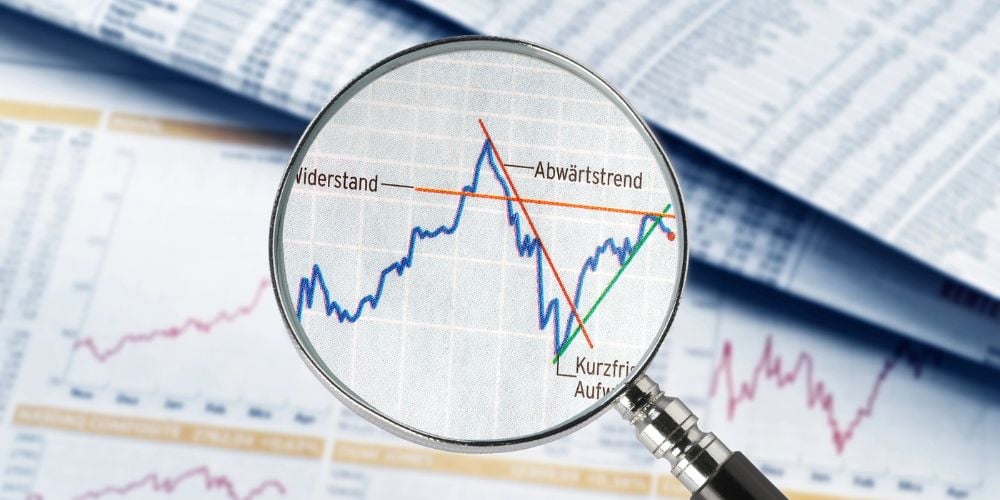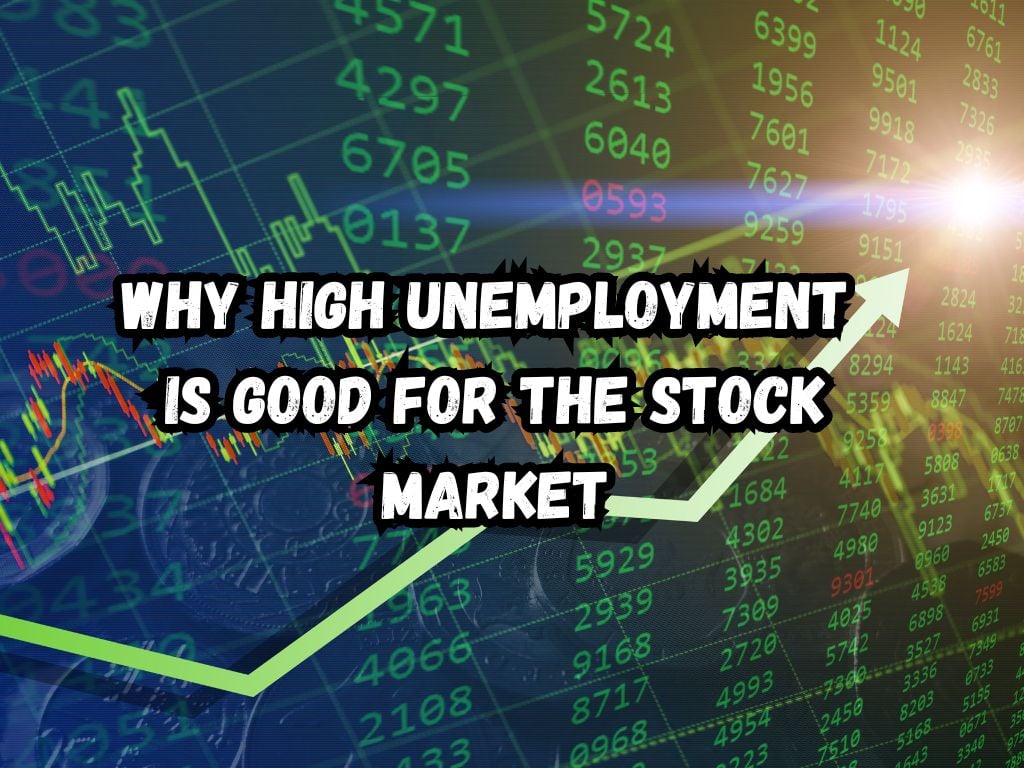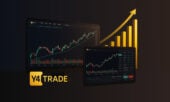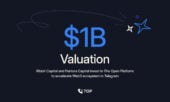The connection between high unemployment rates and the performance of the stock market is not as straightforward as it might seem.
While intuitively, one would expect that rising unemployment would lead to a drop in stock prices, the reality is often more complex.
This article delves into the reasons behind this seemingly paradoxical relationship and what it means for investors.
Why High Unemployment Is Good for the Stock Market
High unemployment rates often signal economic turmoil. Yet, the stock market sometimes responds to this negative indicator in a surprisingly positive way.
Historical data shows that during periods of rising unemployment, the stock market can and does perform well.
For example, during the early 2020 global covid-19 pandemic, despite significant job losses, stock markets around the world rebounded sharply from their lows in March to reach new highs.

Central Concepts: Stock Market Basics
To understand this phenomenon, it’s essential to grasp the basics of how the stock market works.
The stock market reflects investor sentiment about the future, not just the current state of the economy. When investors anticipate that the economy will recover, they start buying stocks, which drives prices up.
Economic Mechanisms at Play
The primary reason for this counterintuitive behavior lies in the response of consumer spending and monetary policy to unemployment. High unemployment usually leads to decreased consumer spending.
This, in turn, often prompts central banks to lower interest rates and engage in quantitative easing to stimulate the economy. Lower interest rates make borrowing cheaper, encouraging investment and spending.
These policies can buoy the stock market, as they make stocks a more attractive investment compared to bonds or saving accounts.
The Investor Sentiment Factor
Investor sentiment plays a crucial role in how the stock market reacts to unemployment data.
In anticipation of or response to central bank policies that aim to counter the negative effects of high unemployment, investors might see this as a cue that stocks will rise, leading to a self-fulfilling prophecy where buying begets more buying.
Case Studies: High Unemployment and Stock Market Performance
Looking back, the 2008-2009 global financial crisis offers a clear case study. After initial crashes, stock markets began recovering even as unemployment rates continued to climb, largely due to aggressive actions by central banks and expectations of economic recovery.
The Short-Term vs Long-Term Perspective
It’s important to distinguish between the stock market’s immediate reaction to unemployment news and its long-term trends.
In the short term, news of rising unemployment might lead to market volatility. However, long-term trends often reflect the underlying belief in the economy’s resilience and eventual recovery.
Implications for Individual Investors and Fund Managers
For investors and fund managers, high unemployment rates signal a time to consider the broader economic landscape and adjust investment strategies accordingly.
While it might seem counterintuitive to invest during economic downturns, those who look ahead and anticipate recovery can often find valuable opportunities.

Government Fiscal Policies’ Role
Government fiscal policies, especially during periods of high unemployment, play a crucial role in shaping stock market performance.
Stimulus packages and tax relief measures designed to spur consumer spending and alleviate financial stress on businesses can have significant effects.
By increasing disposable income and bolstering corporate balance sheets, such measures can directly enhance consumer spending and corporate profitability.
This, in turn, positively influences investor sentiment and stock prices. Additionally, targeted fiscal policies aimed at critical sectors of the economy can drive sector-specific stock market rallies.
By injecting liquidity into the market and improving economic prospects, government interventions can thus act as a catalyst for stock market growth, showcasing the intertwined relationship between fiscal policy, consumer behavior, corporate earnings, and stock market trends.
Frequently Asked Questions
How does unemployment traditionally affect the stock market?
Traditionally, higher unemployment signals economic hardship, which can lead to decreased consumer spending and corporate earnings. However, the stock market might still perform well if investors believe that recovery is on the horizon.
Yes, economic downturns can offer investment opportunities, especially if one anticipates that monetary policy and market sentiment will lead to recovery. Downturns might provide a chance to buy stocks at lower prices before they grow during the recovery.
What do high unemployment rates indicate about future market trends?
High unemployment rates themselves are not reliable predictors of future market trends. Instead, the anticipated response from central banks and investors’ sentiment about economic recovery play a more crucial role.
How should investors adjust their portfolios during high unemployment periods?
During high unemployment periods, investors should review their portfolios to ensure they are well-positioned for eventual economic recovery. This might mean diversifying holdings or taking advantage of lower prices to invest in sectors expected to rebound strongly.
Conclusion
Understanding the relationship between high unemployment and the stock market’s performance is crucial for making informed investment decisions. While high unemployment rates might initially seem like a bad omen, they often lead to policies that fuel the stock market’s growth.
Therefore, investors should not shun the market during economic downturns but should instead seek to understand the underlying mechanisms at play.
In summary, while high unemployment rates can be a sign of economic trouble, they can also set the stage for stock market gains. By understanding the economic and psychological factors at play, investors can navigate these seemingly paradoxical times more effectively.


 Tags:
Tags:










